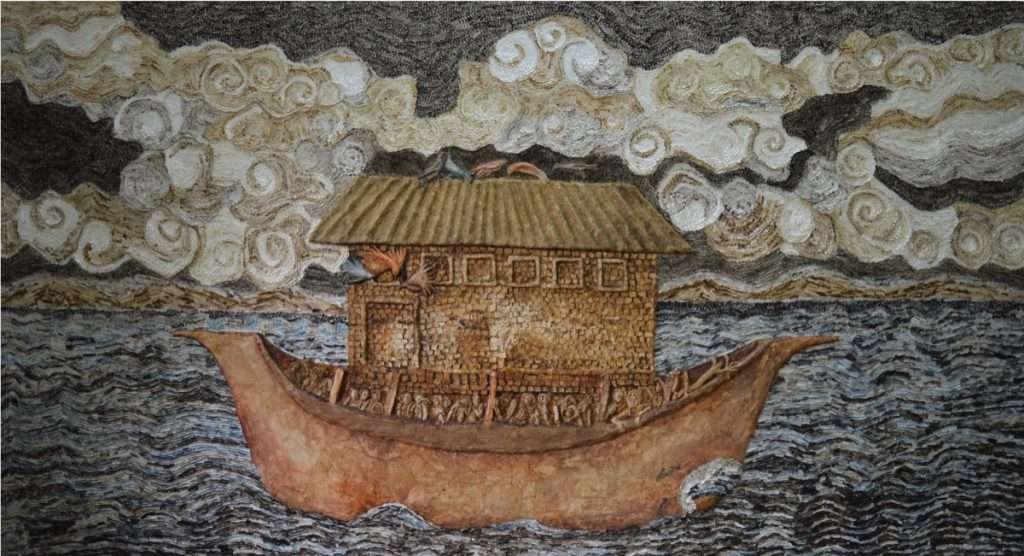Artist Sudipta Das shares her journey as an artist and how her personal life experiences have become a canvas for her own artworks

Tell us about your journey in the field of art?
I was born in Assam in 1985, after completing Bachelor of Fine Arts from Kala Bhawan in 2009, I did my Masters from Viswa-Bharti, Santiniketan in 2011. From Assam I travelled to Santiniketan and then to Baroda lead by the search of making my own identity. All these elements of memories and experiences related to migration and identity at different levels can be traced in my works. This is why I use torn paper which loses its primary character, adopts a new identity after getting torn, echoing a sense of ‘displaced identity’.
How your personal life has shaped you as an artist?
The place and the origin, where I belong has definitely shaped me as an artist. Being a fourth generation migrant I have grown up with accounts and memories of ‘opar Bangla’ (or Bangladesh) from my grandparents. I have also heard from my father about the struggles of the revolutionaries who fought for their right to speak mother tongue in ‘BashaAndolon’ (Language Movement) and Bhasha Shahid Dibas ( 19th May, 1961). Many of them were from Shilchar. So the experience and struggle of partition and migration has always been there in my memory which eventually got translated in my works and have also in a way shaped me as an artist. All these elements of memories and experiences related to migration and identity at different levels can be traced in my works. This is why I use torn paper which loses its primary character, adopts a new identity after getting torn, echoing a sense of ‘displaced identity’.

Please share your style of work. What mediums do you like to work with?
The process of my painting works in twofold first is the physical process of tearing and seasoning it in various ways. The second one is intertwined with the first is the mental process that plays the most important role in my works. I create the surface of my work through the fragments of my memories such as childhood stories heard from my grandmother. The memories that I work with doesn’t have a specific timeline rather they come from different corners of my life. To me the physical act of tearing the paper has a metaphorical relation to my fragmented memories. The surface created by this is able to evoke multiple layers of meaning.
How do you see yourself evolving with each exhibition?
For me each show is challenging. It’s dealing with new researches, new concepts and new ideas. I accept the challenge of making it possible in my work through my language or technique.

Please share the idea behind your latest work ‘The Surface of Memory’ at Latitude 28? Please the technique and medium in detail.
The account and experience of past which were passed down to me from various sources such as the stories of grandmother have left a strong impression in different layers of my memory. The multi-layered surface of memories became the source of my painting creating an account of a personal history. I love working with paper because of the fragility it gives me as my desired surface. I like to explore extensively and try to find different possibilities with different types of paper may that be Nepali paper, acid free and at times I make my own paper material.
Who are the art legends you follow or admire?
I find Anselm Keifer’s works very inspiring. In his works there is a journey of his experience of both present and past. I think I too evoke that kind of journey.
Sudipta Das
previous post
